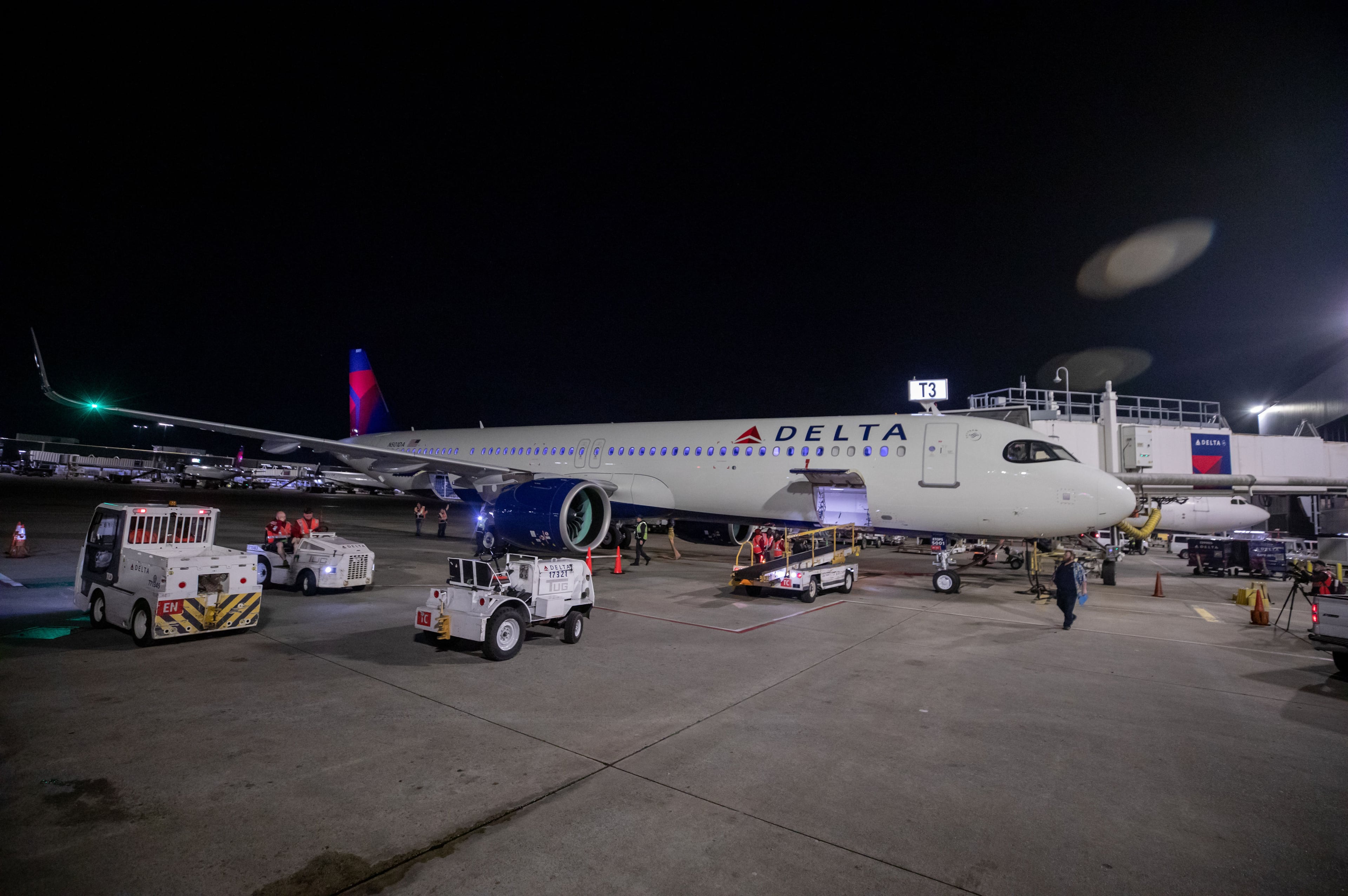Metro Atlanta gains population despite rising housing costs, new study says
Roses are red, violets are blue, Atlanta is still growing and adding housing too.
That’s the general takeaway of a new report released Wednesday by the Atlanta Regional Commission, which found metro Atlanta’s population growth remains robust, especially in areas approving the most new housing units.
The 11-county metro added 64,400 residents between April 2024 and April 2025, boosting the region to nearly 5.3 million. Each county in ARC’s jurisdiction increased its population during that span, but the city of Atlanta and the region’s exurbs saw the fastest rates of growth.
The region’s new population record continues the region’s growth streak that has persisted for decades, a trend often credited to metro Atlanta’s business ecosystem, affordability, quality of life and housing options.
Atlanta’s propensity to keep expanding and adding new residents may seem like a foregone conclusion after so many years of seemingly unabated growth, but higher housing costs and stagnant transit infrastructure have begun to ring alarm bells over whether metro Atlanta’s rise has its limits.
“Metro Atlanta’s continued growth is a testament to our diverse and dynamic economy and great quality of life,” Atlanta Mayor Andre Dickens, who is also ARC’s board chair, said in a statement. “But we can’t take our growth for granted. As a region, we must continue to address challenges like housing affordability and transportation and make the investments today needed to ensure a better tomorrow.”
The Atlanta area has historically offered a cost-of-living discount compared to other large cities. In recent decades, the region has gained a reputation as a migration hub from across the country.
But as metro Atlanta’s housing costs increase at a rate above the national average, that tide has begun to turn.
“It’s something that had been a competitive advantage for Atlanta to have relatively affordable housing compared to some of our peer regions,” said Ann Carpenter, chief research and innovation officer for ARC. “So it’s something we need to address.”
Metro Atlanta’s housing constraints became a national story last month when the Wall Street Journal published an article with the alarming headline “Atlanta’s Growth Streak Has Come to an End.”
The article’s crux was a Census Bureau statistic that found Atlanta’s much larger federal metro — an area spanning 29 counties — witnessed a small decline in domestic migration in the 12 months that ended in mid-2024. That figure doesn’t track new births or immigration and found about 1,330 more people left metro Atlanta for other places than joined it.
It’s the first time the Atlanta area lost domestic migrants since the Census Bureau started tracking that data three decades ago.
The Wall Street Journal article attributed the reversal to metro Atlanta’s spiking housing costs and infamous traffic. Carpenter noted that most major metros saw a decrease in domestic migration last year, a potential fallout from the COVID-19 pandemic when remote work gave more people the option to live in midsize cities or rural areas.
“It’s hard to say if that’s a temporary (blip) or an enduring phenomenon,” she said.
Regardless, housing supply and costs closely correlate with population trends.
The ARC study found the city of Atlanta led the region in the number of housing building permits, especially dense multifamily development. Exurban counties like Cherokee, Forsyth and Henry similarly approved more single-family housing permits relative to their current populations, helping fuel their growth.
Despite cracks starting to show, Atlanta’s growth trajectory hasn’t slowed significantly. The 11-county region still grew at a rate of 1.2% each year between 2020 and 2025, only a slight decline from the 1.5% annual growth witnessed in the 2010s, according to ARC.
The region’s 2024-2025 population expansion slightly outpaced the prior year’s growth as well, which ARC credited to the region’s strong employment base. It increased 8% since the onset of COVID-19, the seventh-highest rate in the nation among major metros.
“The Atlanta region remains one of the nation’s most vibrant and dynamic regions,” said Anna Roach, ARC executive director and CEO. “Businesses continue to choose metro Atlanta as a place to grow and thrive, from global corporations to nimble startups. This keeps our economy moving and our population growing.”
Carpenter added that these annual population estimate surveys are helpful benchmarks to gauge growth and help local leaders with policy decisions. It’s also a helpful exercise in spotting potential issues before they become national news.


